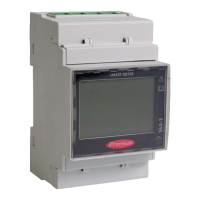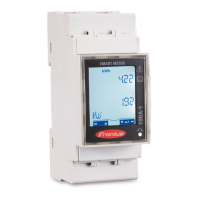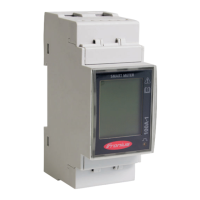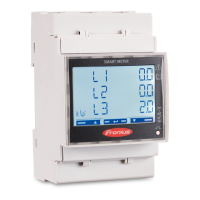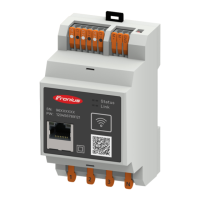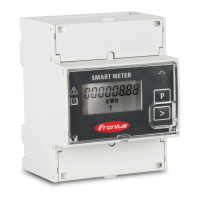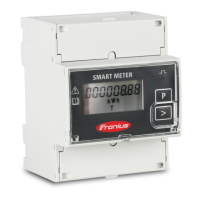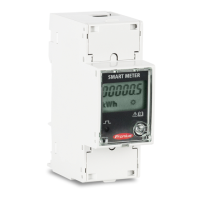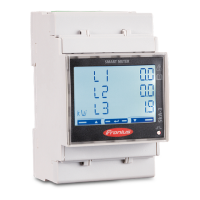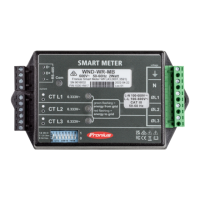Installation
Checklist for
installation
For installation information, see the following chapters:
1
Switch off the power supply before establishing a mains connection.
2
Mount the Fronius Smart Meter TS (see "Installation" on page 17).
3
Connect automatic circuit breakers or automatic circuit breakers and disconnectors
(see "Protective circuit" on page 17).
4
Connect the mains cable to the Fronius Smart Meter TS (see "Cabling" on page
18).
5
Connect the data communication connections of the Fronius Smart Meter TS to the
Fronius system monitoring using a suitable cable (see "Connecting the data com-
munication cable to the inverter" on page 19).
6
If necessary, set terminating resistors (see "Terminating resistors" on page 20).
7
Tug on each wire and plug to make sure that they are securely connected to the ter-
minal blocks.
8
Switch on the power supply to the Fronius Smart Meter TS.
9
Check the firmware version of the Fronius system monitoring. To ensure compatibil-
ity between the inverter and the Fronius Smart Meter TS, the software must always
be kept up to date. The update can be started via the inverter web page or using
Solar.web.
10
If several Fronius Smart Meter TS are installed in the system, set the address (see
"Setting the address" under "Setting the address on the Fronius Smart Meter TS"
on page 24).
11
Configure and commission the meter (see Start-up on page 27).
Installation The Fronius Smart Meter TS can be mounted on a 35 mm DIN rail. The housing com-
prises 3 modules according to DIN 43880.
Protective circuit The Fronius Smart Meter TS is a hard-wired device and requires a disconnecting device
(circuit breaker, switch or disconnector) and overcurrent‑protection (automatic‑circuit
breaker).
The Fronius Smart Meter TS consumes 10 - 30 mA, the nominal capacity of the discon-
necting devices and the overcurrent‑protection is determined by the wire thickness, the
mains voltage and the required breaking capacity.
- Disconnecting devices must be mounted within sight and as close as possible to the
Fronius Smart Meter TS; they must also be easy to use.
- The disconnecting devices must satisfy the requirements of IEC 60947-1 and IEC
60947-3, as well as all national and local regulations for electrical systems.
- Use overcurrent‑protection rated for max. 65 A.
- To monitor more than one mains voltage, use connected‑automatic circuit breakers.
- The overcurrent‑protection must protect the mains terminals with the designations
L1, L2 and L3. In rare cases, the neutral conductor has an overcurrent‑protection,
which must interrupt both neutral and non-earthed cables concurrently.
17
EN
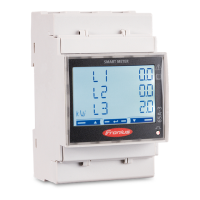
